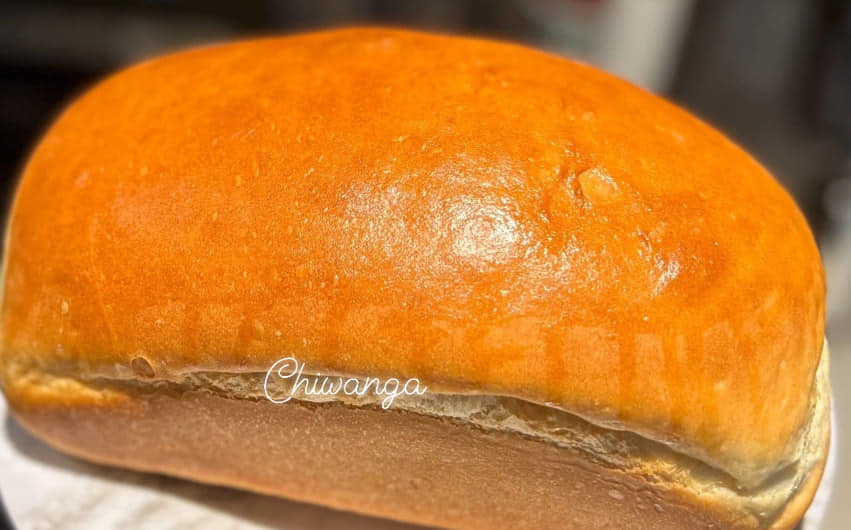Step 1: Activate the Yeast
- In a small bowl, combine 1 ½ cups of warm water, 2 tablespoons of sugar, and 2 ¼ teaspoons of active dry yeast. Stir gently and let it sit for about 5-10 minutes until it becomes frothy. This indicates that the yeast is active and ready to work its magic.
Step 2: Combine the Dry Ingredients
- In a large mixing bowl, whisk together 4 cups of all-purpose flour and 2 teaspoons of salt. Mixing the salt and flour first ensures that the salt doesn’t come into direct contact with the yeast, which can inhibit its activity.
Step 3: Mix the Dough
- Once the yeast mixture is frothy, add it to the flour mixture along with 2 tablespoons of olive oil. Using a wooden spoon or dough scraper, mix until a shaggy dough forms. The dough will be sticky at this point, and that’s perfectly normal!
Step 4: Knead the Dough
- Transfer the dough to a lightly floured surface. Knead the dough for about 8-10 minutes, adding small amounts of flour as needed to prevent sticking. You’ll know the dough is ready when it becomes smooth and elastic. To test its readiness, perform the “windowpane test” by stretching a small piece of dough; it should stretch thin without tearing.
Step 5: First Rise
- Form the dough into a ball and place it in a lightly greased bowl, turning it to coat all sides with oil. Cover the bowl with plastic wrap or a clean kitchen towel. Let it rise in a warm, draft-free area until it doubles in size, about 1-2 hours. The dough is ready when you can gently press it with your finger, and the indentation remains.
Step 6: Shape the Dough
- Once risen, punch down the dough to release excess gas. Transfer it to a floured surface and divide it into two equal portions if you want to make two loaves. Shape each portion into a ball by folding the edges into the center. Then, flip the dough seam-side down and gently roll it into a log shape.
Step 7: Second Rise
- Place the shaped loaves seam-side down in a greased loaf pan or on a baking sheet lined with parchment paper. Cover with a kitchen towel and let them rise again for about 30-60 minutes until they have doubled in size. Preheat your oven to 375°F (190°C) during this time.
Step 8: Score the Loaves
- Once the loaves have risen, use a sharp knife or bread lame to make shallow slashes (scoring) on the top of the dough. This allows steam to escape during baking and creates an attractive crust.
Step 9: Bake
- Bake the bread in the preheated oven for 25-30 minutes or until the loaves are golden brown and sound hollow when tapped on the bottom. For an extra-crispy crust, place a small pan of water in the oven to create steam.
Step 10: Cool
- Remove the bread from the oven and allow it to cool in the pan for about 10 minutes. Then, transfer the loaves to a cooling rack to cool completely before slicing. This step is crucial as it allows the interior crumb to set properly.
Tips for Success
- Experiment with Flavors: Add herbs, spices, or seeds to the dough for unique flavor profiles. Garlic powder, rosemary, or sesame seeds can enhance the taste.
- Storage: Store your bread in a paper bag at room temperature for up to 3 days. For longer storage, wrap it tightly in plastic wrap and freeze for up to 3 months.
- Slicing: Use a serrated knife to slice the bread for clean cuts.
Conclusion
Baking homemade bread is not only about the final product but also about enjoying the process. From the soothing act of kneading to the delightful smell of bread baking in the oven, each stage is a sensory experience that creates memories and satisfies your soul. This recipe is an excellent foundation for your bread-making journey, and as you become more comfortable, feel free to experiment with flavors and shapes. Enjoy your warm, freshly baked bread with butter, jam, or as the base for your favorite sandwiches. Happy baking!
